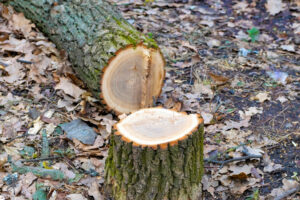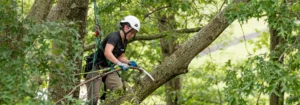Navigating the Rules and Regulations: Understanding Tree Trimming Laws
Tree trimming may seem like a straightforward task, but behind the simple act lies a web of rules and regulations designed to protect both the environment and property owners. Understanding these laws is crucial to avoid fines, legal disputes, and negative impacts on the ecosystem. This article delves into the importance of comprehending tree trimming regulations, the various types of laws in place, common restrictions and requirements, and the consequences of non-compliance.
Importance of Understanding Tree Trimming Laws
Protecting the health and safety of trees:
Trees are not just aesthetic elements of our surroundings; they are living organisms that play a vital role in maintaining ecological balance. Proper tree trimming is essential for their health and longevity. When done incorrectly, it can weaken the tree’s structure, leaving it vulnerable to diseases, pests, and environmental stressors. For instance, topping, a common but harmful pruning practice, can lead to decay, sunburn, and excessive sprouting, ultimately compromising the tree’s health and stability.
Moreover, understanding the specific needs of different tree species is crucial. Some trees are more sensitive to pruning than others, requiring careful consideration of factors such as growth habits, branch attachment angles, and disease susceptibility. By adhering to tree trimming regulations, homeowners can ensure that pruning is conducted in a manner that promotes tree health and minimizes the risk of long-term damage.
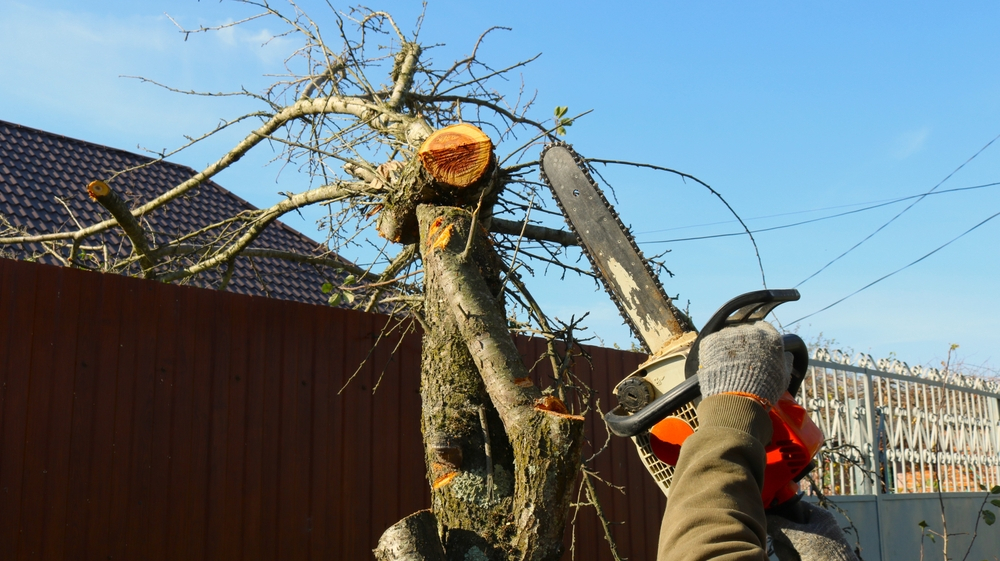
Minimizing damage to property and surrounding areas:
In addition to preserving tree health, tree trimming regulations aim to minimize the risk of property damage and personal injury. Improperly maintained trees pose a hazard to nearby structures, vehicles, and pedestrians, especially during storms or high winds. Falling branches can cause significant damage to roofs, windows, and vehicles, leading to costly repairs and insurance claims.
Furthermore, trees located near power lines present a unique safety concern. Without proper tree trimming, branches may come into contact with power lines, posing a risk of electrocution, power outages, and fires. By following regulations that govern tree clearance around utility lines, homeowners can prevent accidents and ensure the uninterrupted delivery of essential services.
Following environmental guidelines:
Trees are integral components of ecosystems, providing habitat for wildlife, absorbing carbon dioxide, and improving air quality. As such, tree trimming activities must be conducted in a manner that minimizes environmental impact and preserves biodiversity. For example, regulations may prohibit trimming during sensitive periods, such as bird nesting season, to avoid disturbing nesting sites and endangering vulnerable species.
Additionally, certain tree species may be protected due to their ecological significance or rarity. Regulations may restrict pruning or removal of these trees to prevent habitat loss and preserve genetic diversity. By complying with environmental guidelines, homeowners contribute to the conservation of natural resources and the sustainability of ecosystems for future generations.
Types of Regulations and Ordinances
City or county regulations:
Local governments have the authority to enact ordinances governing tree trimming within their jurisdiction. These regulations are often tailored to address the unique environmental and urban planning challenges of each community. For example, densely populated urban areas may have stricter regulations to protect street trees and maintain green spaces, while rural areas may prioritize the preservation of native vegetation and wildlife habitats.
City or county ordinances typically address a range of issues, including tree pruning standards, permit requirements, and enforcement mechanisms. Homeowners should familiarize themselves with these regulations to ensure compliance and avoid potential penalties. In some cases, local governments may offer resources and assistance to help residents navigate the permitting process and understand their rights and responsibilities.
Homeowners association rules:
Many residential communities are governed by homeowners associations (HOAs) that establish and enforce rules governing property maintenance, aesthetics, and community amenities. These rules often include provisions related to tree trimming and landscaping to maintain uniformity and uphold property values. For example, HOA guidelines may specify acceptable tree species, pruning techniques, and maintenance schedules to ensure consistency and visual appeal throughout the neighborhood.
It is essential for homeowners to review their HOA’s governing documents, such as the Declaration of Covenants, Conditions, and Restrictions (CC&Rs), to understand the scope of tree trimming regulations and any associated obligations or restrictions. Failure to comply with HOA rules can result in fines, liens, or other penalties imposed by the association.
State or federal laws:
In addition to local regulations, states may impose their own laws governing tree trimming, particularly in areas of environmental sensitivity or public safety. For example, many states have regulations governing tree clearance around power lines to prevent outages and reduce the risk of wildfires caused by electrical arcing. Similarly, state forestry agencies may regulate tree harvesting on public lands to protect natural resources and wildlife habitat.
Federal regulations, such as the Endangered Species Act and the Migratory Bird Treaty Act, may also impact tree trimming activities by protecting threatened or endangered species and migratory birds. These laws require property owners to obtain permits or consult with regulatory agencies before undertaking tree trimming projects that may affect protected species or their habitats.
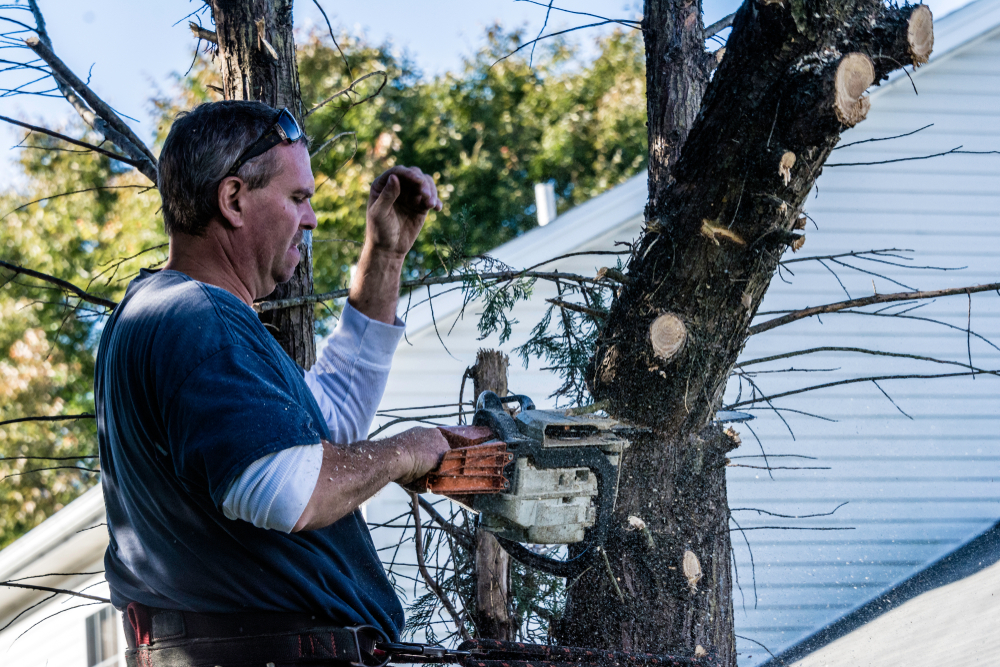
Common Restrictions and Requirements
Permission and permits:
Before undertaking any tree trimming activity, homeowners may need to obtain permission or permits from relevant authorities. The purpose of these permits is to ensure that tree trimming activities comply with applicable regulations and do not pose undue risk to public safety or environmental quality. Permit requirements vary depending on factors such as tree size, location, and species, as well as the scope of the proposed work.
For example, municipalities may require permits for pruning trees located within public rights-of-way or designated heritage tree areas to protect valuable specimens and preserve community character. Similarly, permits may be required for trimming trees near power lines to ensure compliance with clearance standards established by utility companies and regulatory agencies.
Timeframes for trimming:
Some jurisdictions impose restrictions on when tree trimming can occur to minimize disruption and protect nesting birds or other wildlife. For instance, regulations may prohibit pruning during the breeding season for migratory birds to avoid disturbing nesting sites and jeopardizing reproductive success. Similarly, coastal communities may have restrictions on trimming mangrove trees during sea turtle nesting season to prevent habitat destruction and harassment of protected species.
Understanding these timeframes helps homeowners plan their pruning activities accordingly and avoid potential conflicts with wildlife conservation efforts. In some cases, exemptions or permits may be available for essential tree maintenance activities that cannot be deferred, provided they are conducted in a manner that minimizes harm to protected species and their habitats.
Types of trees and trimming methods allowed:
Certain tree species may be protected due to their ecological, cultural, or historical significance. For example, ancient or heritage trees may be subject to special regulations to prevent their destruction or alteration without proper authorization. Similarly, endangered or threatened species may be afforded legal protection to prevent further decline and promote recovery efforts.
Regulations may also specify permissible pruning techniques to minimize harm and promote tree health. For example, topping, a practice that involves indiscriminate removal of tree branches to reduce height, is widely recognized as detrimental to tree health and structural integrity. Instead, arborists recommend selective pruning methods, such as crown thinning or crown raising, to achieve desired objectives without compromising tree health.
Limitations on trimming for certain reasons:
During specific periods, such as bird nesting season or wildlife migration, tree trimming company may be restricted to prevent disturbance to sensitive species and habitats. For example, regulations may prohibit pruning trees near wetlands or riparian areas during the breeding season for amphibians to avoid disrupting breeding behavior and egg development.
Similarly, regulations may restrict trimming trees that provide habitat for threatened or endangered species, such as bats or nesting raptors, to prevent disturbance and ensure reproductive success. Homeowners should consult with regulatory agencies, such as state wildlife agencies or local conservation authorities, to determine if any protected species are present on their property and whether trimming activities may be subject to restrictions or mitigation measures.
Understanding these limitations is essential to avoid violating environmental laws and risking fines or legal penalties. In some cases, homeowners may be required to conduct pre-trimming surveys or assessments to identify potential impacts on protected species and habitats. By proactively addressing these concerns and working collaboratively with regulatory agencies, homeowners can ensure that tree trimming activities are conducted in a manner that protects wildlife and preserves ecological integrity.
Consequences of Non-Compliance
Potential fines and penalties:
Violating tree trimming laws can result in fines ranging from nominal amounts to substantial penalties, depending on the severity of the offense and local regulations. These fines are not only financial burdens but also reflect the seriousness of non-compliance and the potential harm caused to trees, property, and the environment. For example, unauthorized removal of protected trees or habitat destruction may result in fines exceeding thousands of dollars, along with restoration requirements to mitigate ecological damage.
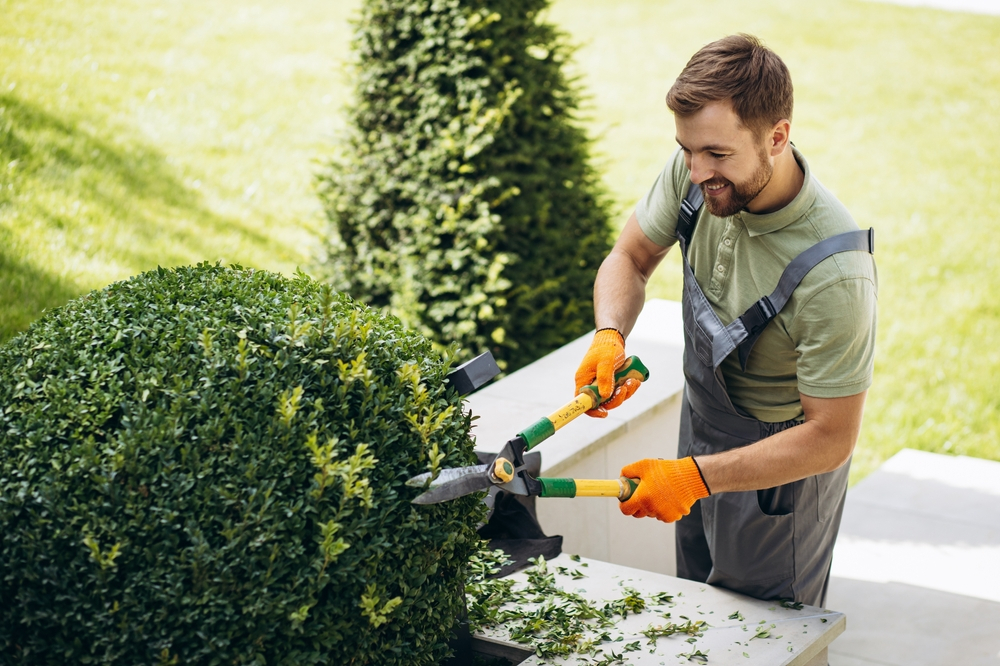
Legal issues and disputes with neighbors:
Unauthorized tree trimming can lead to disputes with neighbors, particularly if the actions result in property damage or encroachment onto neighboring land. For example, trimming branches that overhang a property line without permission may constitute trespass or nuisance, leading to legal claims for damages or injunctive relief. Similarly, disputes may arise over the removal of trees that provide privacy, shade, or aesthetic value to neighboring properties, resulting in litigation and strained relationships.
It is essential for homeowners to communicate openly and transparently with neighbors regarding tree trimming activities to address concerns and avoid misunderstandings. In some cases, mediation or arbitration may be necessary to resolve disputes amicably and prevent escalation to costly litigation. By fostering constructive dialogue and mutual respect, homeowners can maintain positive relationships with neighbors and minimize the risk of legal conflicts.
Negative impact on the environment and community:
Non-compliance with tree trimming laws can have far-reaching consequences beyond individual property boundaries. Damage to trees and ecosystems can degrade air and water quality, diminish biodiversity, and erode the overall quality of life in a community. For example, unauthorized removal of trees can disrupt wildlife habitat, reduce carbon sequestration, and exacerbate urban heat island effects, leading to adverse impacts on public health and well-being.
Furthermore, tree trimming activities that violate environmental regulations may trigger enforcement actions by regulatory agencies, resulting in costly fines, restoration requirements, and reputational damage. In extreme cases, repeated violations may lead to legal injunctions or revocation of permits, prohibiting future tree trimming activities on the property.
Conclusion
In conclusion, understanding tree trimming laws is paramount for homeowners and property managers alike. By adhering to regulations, individuals can protect tree health, minimize property damage, and contribute to environmental preservation. Stay informed, obtain necessary permits, and engage professional assistance when needed to ensure compliance with local, state, and federal laws. Ultimately, by respecting tree trimming regulations, we safeguard not only our own interests but also the well-being of our communities and the natural world.
Tree Trimming Richmond
(804) 533-3943
https://treetrimmingrichmond.com/

